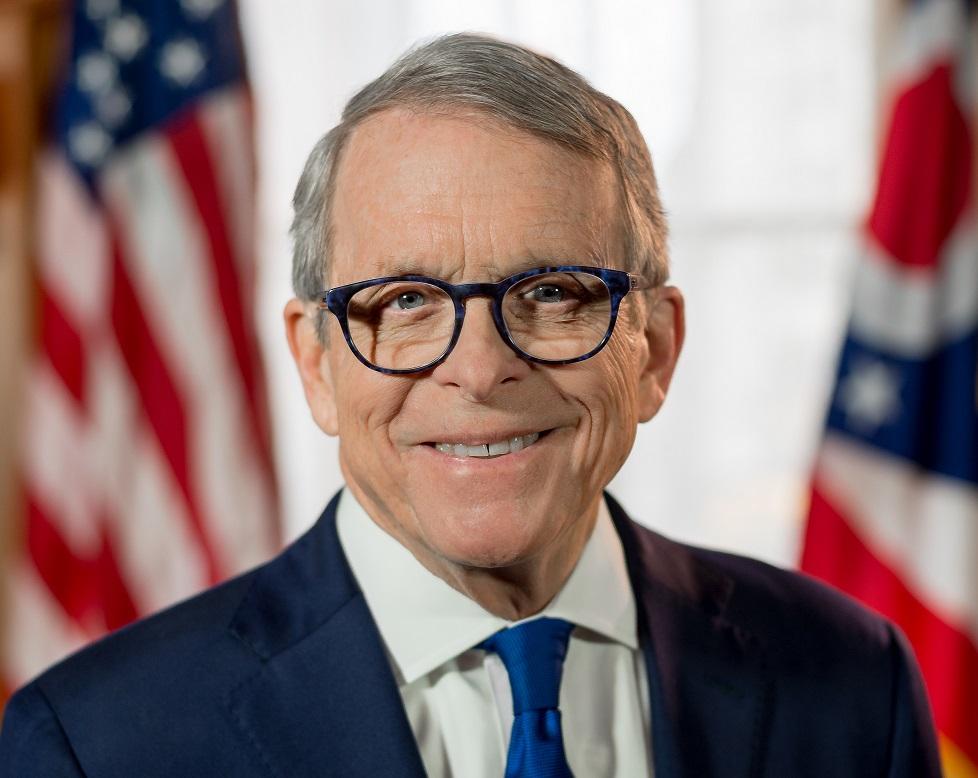Ohio Governor Mike DeWine and His Crisis Leadership

Mike DeWine, governor of Ohio, declared a state of emergency on March 9 when three cases of coronavirus infection had been confirmed (4 days before the White House declared national emergency). Together with Ohio Department of Health Director Amy Acton, DeWine continues to announce decisions on canceling large indoor gatherings, school closures, along with closing bars, restaurants and other recreation entities. He also gives daily live COVID-19 updates with warnings for the public and suggestions from medical experts.
Such proactivity at managing the public health crisis is drawing DeWine praises from various groups, including the Democratic Party[1] and the medical community.
In my other post on the coronavirus and crisis leadership (access the article), I mentioned three criteria to evaluate one’s crisis management performance:[2]
- Making things happen refers to successfully organizing, directing and implementing actions that can minimize the impact of a threat.
- Getting the job done involves coordinating different resources and agents to enable cooperation that previously didn’t exist and creating bypasses when things don’t work.3
- Fulfilling a symbolic need for direction and guidance in the time of chaos and uncertainty to fulfill a leadership role.
Let’s look at DeWine’s current performance on these criteria.
When it comes to making things happen, Ohio is one of the first states to quickly react to the crisis when there were only three confirmed cases. To enhance social distancing, public events were quickly canceled, spring breaks extended, public spaces closed, and stay-at-home order issued.
Many of these decisions were unpopular and even unsupported at the time, but they were later recognized and praised by many. Because in times of crisis, leaders need to adapt to the situation as quickly as possible. These initiatives may not completely fit the circumstances, but we can’t afford to wait.
Getting the job done requires leaders to form collaborations among different parties. As a matter of fact, Ohio is also one of the first states to declare a state of emergency.
This happened when the situation was relatively mild in Ohio — compared to other states that are in more severe situations. Declaring a state of emergency doesn’t mean that the situation in Ohio is deteriorating; it simply allows the government to avoid the bidding process to sign government contacts and speed up the processes to get the job done.
To get the job done at this special juncture, political differences need to be put on hold and personal interests should be set aside. Everyone need to work on the one goal — to get through this difficult time and to defeat the virus that is raging through our lives.
As of now, the governor not only focuses all decisions and actions toward said goal, but he also did a great job communicating these decisions and actions to the general public, which is also a solid example of the successful execution of the next criteria — to fulfill the symbolic role to direct and guide others.
To do this, an efficient leader should be prepared to act confident and positive, and communicate frequently with details and transparency.
DeWine was also among the first to start daily coronavirus updates live (before the White House). Every day, he and his team provide the most updated coronavirus-related information with calm energy, and occasional humor. They release the newest policies and decisions that the Ohio government worked out to combat the spread of the virus, while providing clear explanations on the reasons behind these decisions.
His team (especially Dr. Acton) is also great at using simple language to explain scientific findings to the general public to keep everyone well informed. He also involves community and business leaders in these live updates to instill confidence and positivity for the people.
He even started posting daily rumor controls on his Twitter account to rid people of unnecessary stress and anxiety.
I understand that emergency preparedness is key in crisis management. However, given the fact that there is a worldwide shortage of testing kits and medical protective gears, no one is prepared for this crisis.
As the pandemic continues to unfold, we will continue to monitor the governor’s actions on these aspects. We also hope more crisis leaders will step up during this special time in human history and lead people to health and safety.
References
[1] Skalka, L. (March 15th, 2020). Not love at first sight, but Ohio Democrats praise DeWine in crisis. Retrieved from: https://www.toledoblade.com/local/politics/2020/03/15/ohio-democrats-praise-mike-dewine-coronavirus-outbreak/stories/20200315120
[2] Boin A., Kuipers, S., & Overdijk, W. (2013). Leadership in times of crisis: A framework for assessment. International Review of Public Administration, 18, 79-91.
Image Credit: Ohio.gov